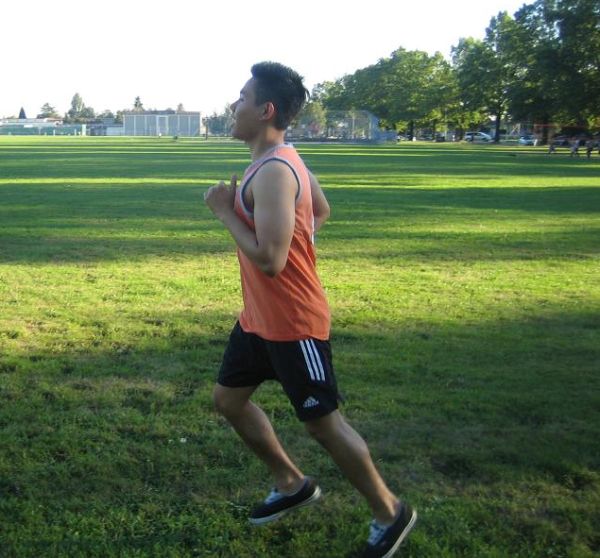Pulled hamstrings result from excessive stretching of the muscles. The stretching may cause the muscle to tear and bleed. Bleeding leads to appearance of bruises at the site of injury.
Pulled Hamstrings: What are hamstrings?
Pulled hamstrings involve damage to the hamstrings. Hamstring muscles are the muscles located in the posterior compartment of thigh. Three in number, these muscles are: Semitendinosus, Semimembranosus and Biceps femoris. These muscles cross both the hip and knee, controlling the hip extension and knee flexion at the respective joints.
The short head of Biceps femoris however crosses only one joint i.e. knee, it therefore does not participate in hip extension.
Other functions of the Hamstrings are to aid in walking, running and jumping.
Pulled Hamstrings: Hamstring strain or pull
Pulled hamstrings result from excessive stretching of the hamstring muscles. The stretching may cause the muscle to tear and bleed. Bleeding leads to appearance of bruises at the site of injury.
While sprinting, the shin bone (tibia) tends to swing outward, and these are the hamstrings that prevent it from doing so. The hamstring injury occurs during a sprint when the foot lands on the ground with a great impact, with the hamstrings working at their maximum. The impact causes the injury.
The following grades decide how much injury the hamstrings have suffered:
Grade 1: Comes with tightness in the muscles at the back of the thigh. Gait is normal with some swelling visible. There will be slight discomfort but knee flexion against resistance won’t be a problem. Minor tearing of the muscle may be present in grade 1 pulled hamstrings.
Grade 2: Partial tearing of the muscle here leads to abnormal gait or limping. Considerable swelling is present. With slight compression of hamstrings, pain returns. Bending the knee against resistance will also be accompanied by pain.
Grade 3: Complete muscle rupture present. This type of hamstring strain is debilitating. The patient may have to use crutches for support. There will be severe pain and weakness in the muscle. A large swelling with bruising may be observed.
The severe the injury to the muscle, the greater is the weakness. This is because as the muscle tears, it starts to bleed and deprivation from blood supply starves the muscles for nutrients.
Symptoms of pulled hamstrings
A Mild pulled hamstring injury may not even manifest itself. Large damage to the muscle however brings along following symptoms:
- Pain: severe during exercise; comes with a popping sensation ( muscle tearing)
- Pain in the back of thigh, often extending to lower buttock when walking or bending the knee.
- Swelling with tenderness
- Bruising
Pulled Hamstrings: Treatment:
The best treatment to consider is R.I.C.E (rest, icing, compression, elevation). Icing should be done for about 10-15 minutes every hour for the first day and later 2-3 hours a day.
Compression with an elastic bandage will subside the swelling. Elevate the leg by resting it on a pillow while lying down. The RICE method is used to reduce the bleeding and subsequent damage to the muscle tissue.
Stretching exercises are also good for the leg to treat pulled hamstrings.
For grade 1 injury, rest (approx. 3 weeks) is the best treatment. All athletic activities should be discontinued to avoid any further injury to the muscle.
Grade 2 injuries also require rest but for a longer period of time, that is 4-6 weeks.
Grade 3 injuries may require surgery and rehabilitation. Physical therapy may also be considered. The time required for complete recovery of grade 3 pulled hamstring or strain may be 3 months approx.


